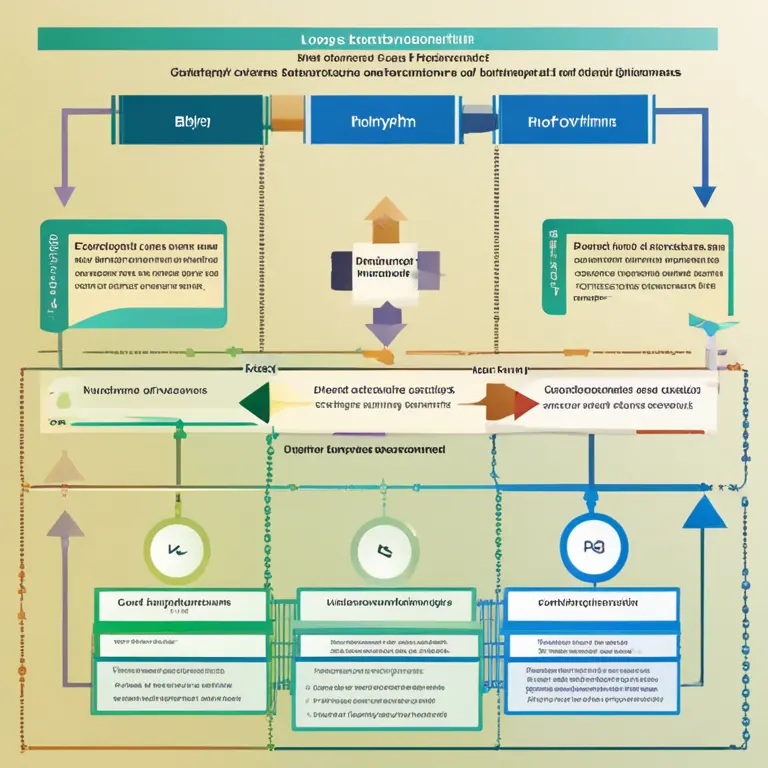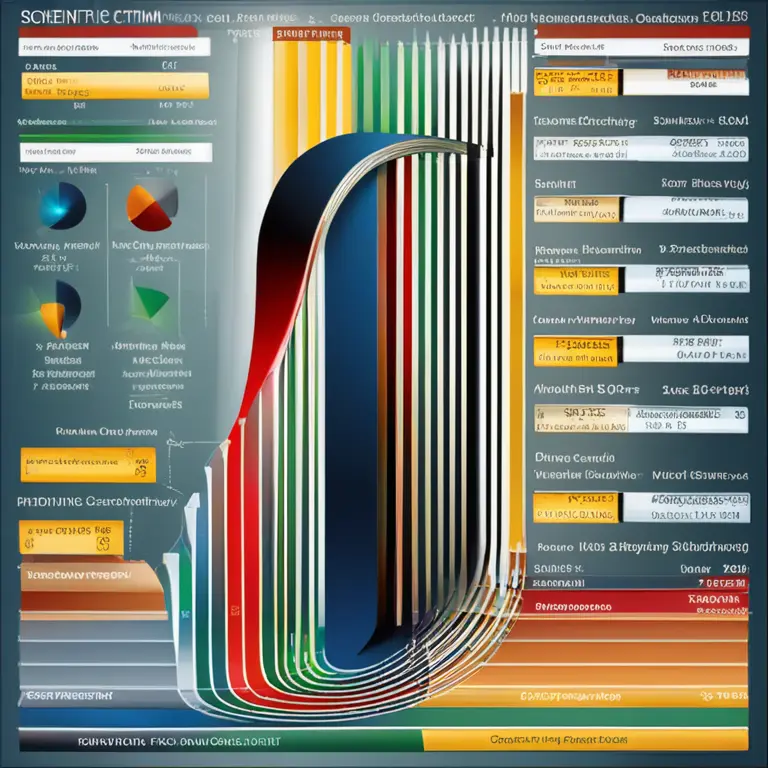
Assessing Biorhythm Accuracy: Myths Versus Science
The article delves into the science of biorhythms, evaluating their accuracy in predicting human physical, emotional, and intellectual states.
article by Adrian Wallace
Introduction to Biorhythms
Biorhythms are a supposed cyclic pattern of changes in physiology, emotions, and intellect. They became popular in the 20th century due to a theory suggesting that these cycles begin at birth and influence us throughout life. The concept argues that by tracking these rhythms, we can predict our good and bad days and make informed decisions accordingly. Despite their appeal, the scientific community remains skeptical about the accuracy of biorhythms, often classifying them as pseudoscience. This article takes a closer look at the legitimacy of biorhythms, comparing popular belief with scientific evidence.

The Origins of Biorhythms
The idea of biorhythms can be traced back to the 19th century, originating with Dr. Wilhelm Fliess. He posited that human life is governed by 23-day physical and 28-day emotional cycles. Some have since added a 33-day intellectual cycle. These ideas gained traction in the 1970s but lacked robust scientific underpinning. Today, with advancements in chronobiology—the study of biological rhythms—we can better evaluate these claims. Modern chronobiology acknowledges various biological cycles, such as circadian rhythms, but it rarely aligns such rhythms with the traditional biorhythm model.

Analyzing Biorhythm Predictions
To examine the accuracy of biorhythms, proponents use a person's birth date as the starting point, plotting sine waves to predict fluctuations in physical, emotional, and intellectual capabilities. Enthusiasts believe that understanding these patterns can enhance decision-making and personal growth. Critics, however, point out that there is a lack of empirical evidence supporting biorhythms' predictability. Large-scale studies and experiments have often failed to find a consistent correlation between biorhythm cycles and personal outcomes or performance.

Scientific Scrutiny and Studies
The scientific community requires rigorous evidence to support theories and claims. Various studies aimed at verifying the principles of biorhythm theory have not produced significant results. Researchers have computed biorhythmic predictions and compared them with actual events like accidents, peak performance in sports, and critical decision-making scenarios. Most of these studies conclude that biorhythms are no more accurate than random chance, undermining the credibility of using biorhythmic charts for practical life guidance.

Placebo Effect and Confirmation Bias
While biorhythm calculations typically don't pass scientific muster, some individuals report positive experiences after using biorhythmic charts. These anecdotes may be attributed to the placebo effect or confirmation bias. The placebo effect occurs when individuals experience a perceived positive outcome after applying a method that has no therapeutic effect. Confirmation bias is the tendency to remember instances that support a belief while overlooking those that do not. Together, these psychological factors might explain the continued interest in biorhythms despite scientific skepticism.
Modern Applications of Biorhythm Theory
Despite a lack of scientific validation, biorhythm calculators and applications continue to be popular, often integrated into lifestyle or wellness apps. They cater to a market that appreciates a holistic approach to well-being, incorporating ancient beliefs and alternative therapies. However, users should approach biorhythm predictions with caution and critical thinking, considering them as entertainment rather than a scientifically-backed tool for life planning.
Concluding Remarks
Ultimately, while biorhythms present an intriguing concept, their accuracy remains unproven in the realm of science. They stand as a reminder of our perpetual quest to comprehend life's ebbs and flows, but they should not substitute for medical advice or scientific evidence. As with many alternative theories, it is vital to maintain a balance between open-mindedness and scientific skepticism, ensuring that decision-making is grounded in credibility and not just appealing myth.
Published: 1/30/2024
Modified: 1/30/2024
More predictions
Come back here soon to learn more about yourself and your future


The Rhythms Within: An Insight into Biorhythms
Discover the science and philosophy behind biorhythms, the cyclical patterns our bodies follow, in connection with our physical, emotional, and intellectual states.


The World Of Rhythms: A Guide to Biorhythms
Delve into the world of biorhythms to comprehend how they influence our physical, emotional, and intellectual states. Discover their significance and implications for your day-to-day life.


A Guide to Biorhythms Journey
Embark on a journey of self-discovery through the science of biorhythms to optimize your life's potential.